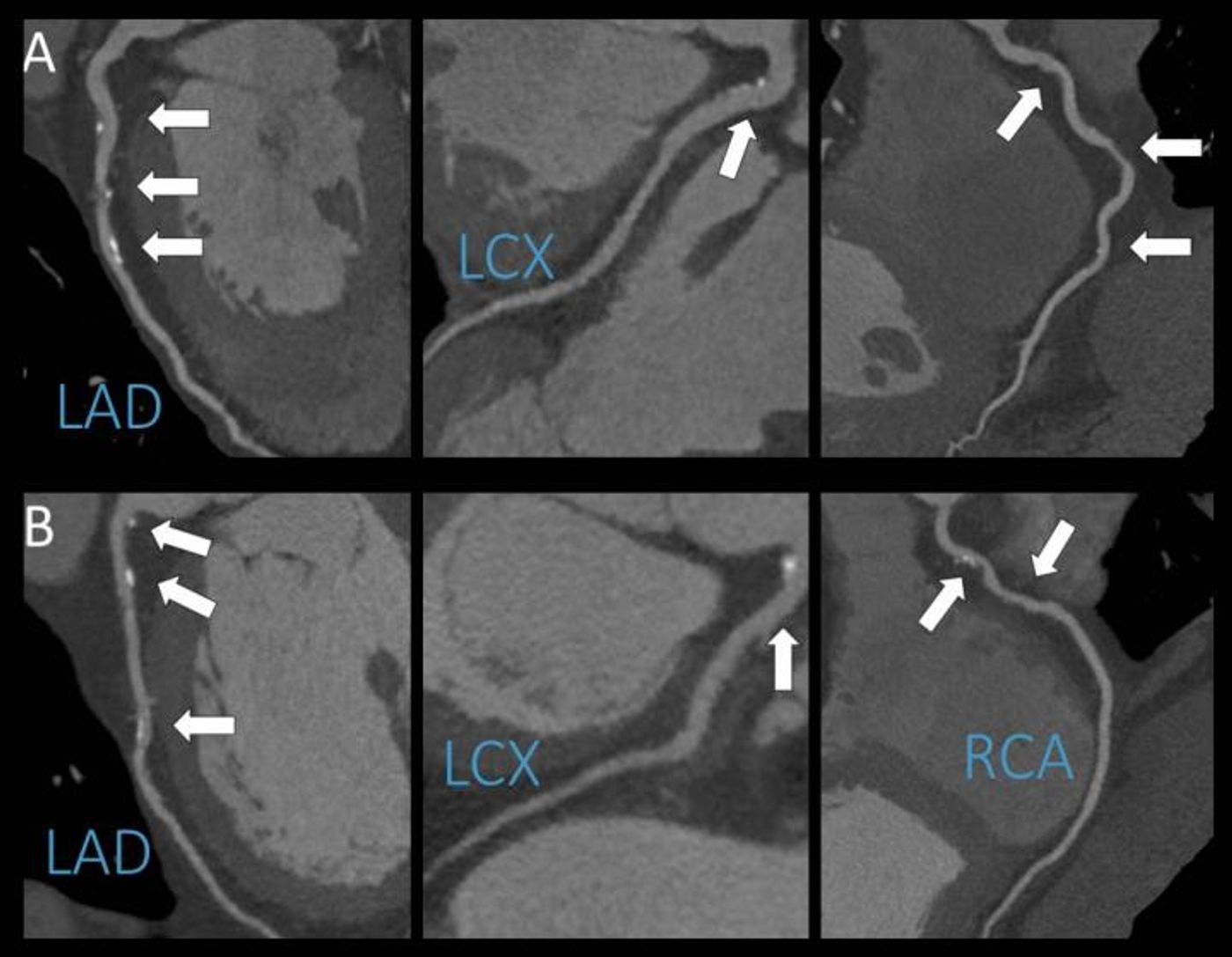Many studies have been done to make sense of the relationship between alcohol consumption and heart health, but the findings are so-far inconclusive and definitely controversial. The newest alcohol-related study zeroed in on light-to-moderate alcohol consumption and coronary artery disease, and scientists found no connection to disease.
Using a technique called coronary computed tomography angiography (CCTA), the study’s scientists already had a leg-up on past research. Instead of CCTA, studies in the past relied on cardiovascular risk factors and outcomes to study the effects of alcohol. Researchers used CCTA to identify the presence of coronary artery plaques and questionnaires to collect information on habits such as alcohol consumption and types consumed in the present study.
"CCTA is an excellent diagnostic modality to noninvasively depict the coronary wall and identify atherosclerotic lesions," said study author Júlia Karády, M.D. "Furthermore, we're able to characterize plaques and differentiate between several types.”
Nearly two thousand patients suspected to have coronary artery disease (CAD) were involved in the study after being referred for CCTA. Researchers analyzed both drinkers and non-drinkers, to identify any difference in the presence (or absence) of fatty plaques in the coronary arteries.
Nearly 40 percent of the study patients reported regular alcohol consumption, around six or seven drinks per week, but their drinking habits were not found to be associated with CAD. Even after considering different types of alcohol patients consumed, it didn’t seem to make a difference.
“We analyzed the effect of different types of alcohol (beer, wine and hard liquor) on the presence of CAD, but no relationship was found,” Karády said. In fact, past studies have even suggested that light alcohol consumption reduces the risk for CAD, but the present study shows no evidence of this relationship.
Overall, no protective or harmful effects were found among light-to-moderate drinkers, in the coronary arteries anyway. There could of course be other negative effects elsewhere: in the brain and locations in the heart outside of the coronary arteries.
In the future, scientists plan on including more patients in a similar study to confirm findings.
Source:
Radiological Society of North America









